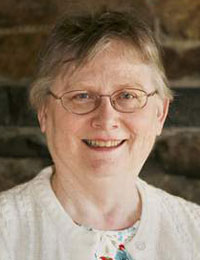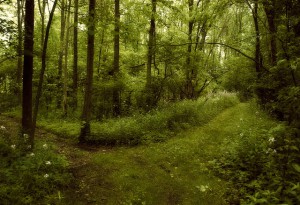 I own some shares in mutual funds and have a basic understanding of the stock market, but I am in no way, shape, or form the person you want to talk to about investing your money. When I am trying to figure out how to invest my money, I face the same kind of information overload that a beginning genealogist faces. In both industries there are cautionary tales about not trusting everything that one reads. So who does one trust?
I own some shares in mutual funds and have a basic understanding of the stock market, but I am in no way, shape, or form the person you want to talk to about investing your money. When I am trying to figure out how to invest my money, I face the same kind of information overload that a beginning genealogist faces. In both industries there are cautionary tales about not trusting everything that one reads. So who does one trust?
One piece of universal advice is to trust “reputable firms.” In the case of investments, that might be called an oxymoron, but in genealogy we soon pick up on names of researchers and authors who have good reputations. As human beings, none are perfect, but because of their “best practices” some have gained our trust. Continue reading Trust in a reputable firm →





